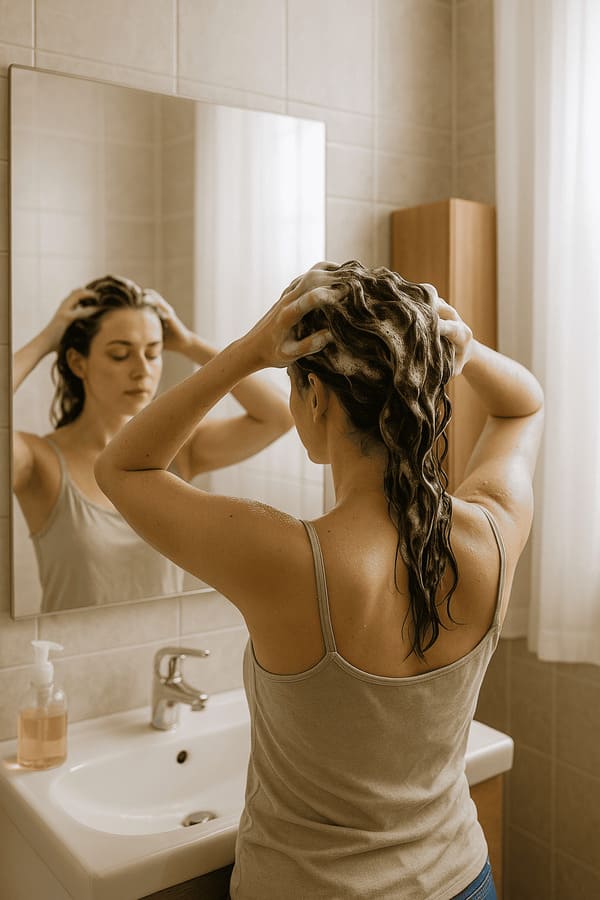Sunscreen for children is an essential product to protect children's delicate and fragile skin from UV damage.
In this article we will see how to protect children from the sun's rays and which sunscreens to use for children and newborns.
Index
- How to protect children from the sun
- How to choose sunscreens for children
- Difference between chemical filters and physical filters
- The best organic sunscreens for children
How to protect children from the sun
Very young children, up to six months of age, should never be exposed to direct sunlight.
At the beach or in the city, let's place them in the shade and use protective tools such as T-shirts and caps with visors.
Even for older children and in general up to adolescence, we always prefer the use of protective clothing, such as a hat, T-shirt and shorts.
Exposure to the sun should be limited and it is important to avoid the central hours of the day, from 11 am to 3 pm, when the sun's rays are most direct.
When children are exposed, it is necessary to use a sunscreen with a very high protection factor and reapply it frequently, especially when playing and bathing, which facilitate the dispersion of the product.
Pay attention to the most delicate areas of the body, which are often neglected when applying the cream: the head and neck area, without forgetting the lips and ears. Remember to have the child also wear sunglasses with UV protection to protect the eyes and eyelids.
How to choose sunscreens for children
Children's skin is thinner than that of adults, is more sensitive to external agents and tends to dry out more quickly. In addition, the concentration of melanin in children's skin is lower than that of adults, and this makes them more exposed to erythema and sunburn.
Sunscreens for children must contain broad-spectrum filters that protect against both UVB rays to avoid sunburn, and UVA rays, which are responsible for the most serious damage to the skin.
Sunscreens for children, formulated with organic and natural ingredients, also contain soothing and protective ingredients and are tested to be safe and well tolerated even on very delicate skin , guaranteeing protection, hydration and nourishment.
Difference between chemical filters and physical filters
There are two types of filters, chemical and physical. Some creams contain both and some only one or the other.
Physical filters are made up of particles that, when deposited on the skin, reflect part of the UV rays;
Chemical filters absorb UV rays and convert them into energy that is harmless to the skin. Chemical filters are often used in combination to provide broad-spectrum protection.
If your child has very sensitive skin or is under one year old , we recommend using products with only physical sunscreen .
After one year of age, you can also use products with chemical filters , preferably formulated with organic ingredients that are safe for children's skin.
The best organic sunscreens for children
If you are looking for a sunscreen for children with physical filters, you can try the
Ecobio La Saponaria Sun Cream , a sunscreen designed for the extremely sensitive skin of children. Effectively protects the epidermis of the face and body from UVA and UVB rays.
The Officina Naturae Baby Sun Cream SPF 50 also has physical filters and is designed to protect the fair, very fair and delicate skin of the little ones on the face and body from UVA and UVB rays.
If you prefer a lighter cream to spread, then you can opt for a cream with chemical filters, such as the Alkemilla Cosmetics Baby Sun Cream . The broad-spectrum filters protect the skin from UVA and UVB rays and are designed to respect the delicate and sensitive skin of the little ones.
Want to find out everything about sunscreens? In this article you will find all the answers to the most frequently asked questions !
Don't miss our cosmetics updates in the dedicated section of our blog!












